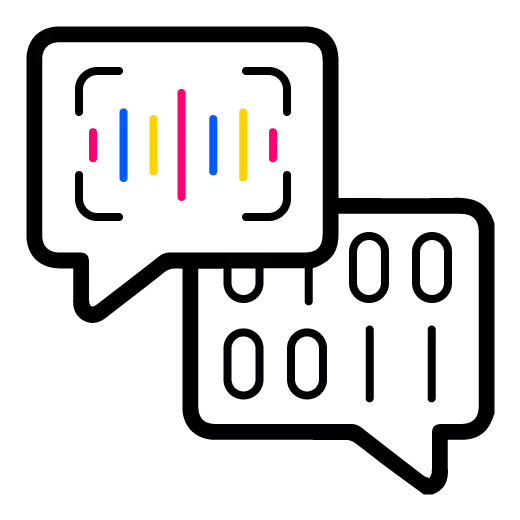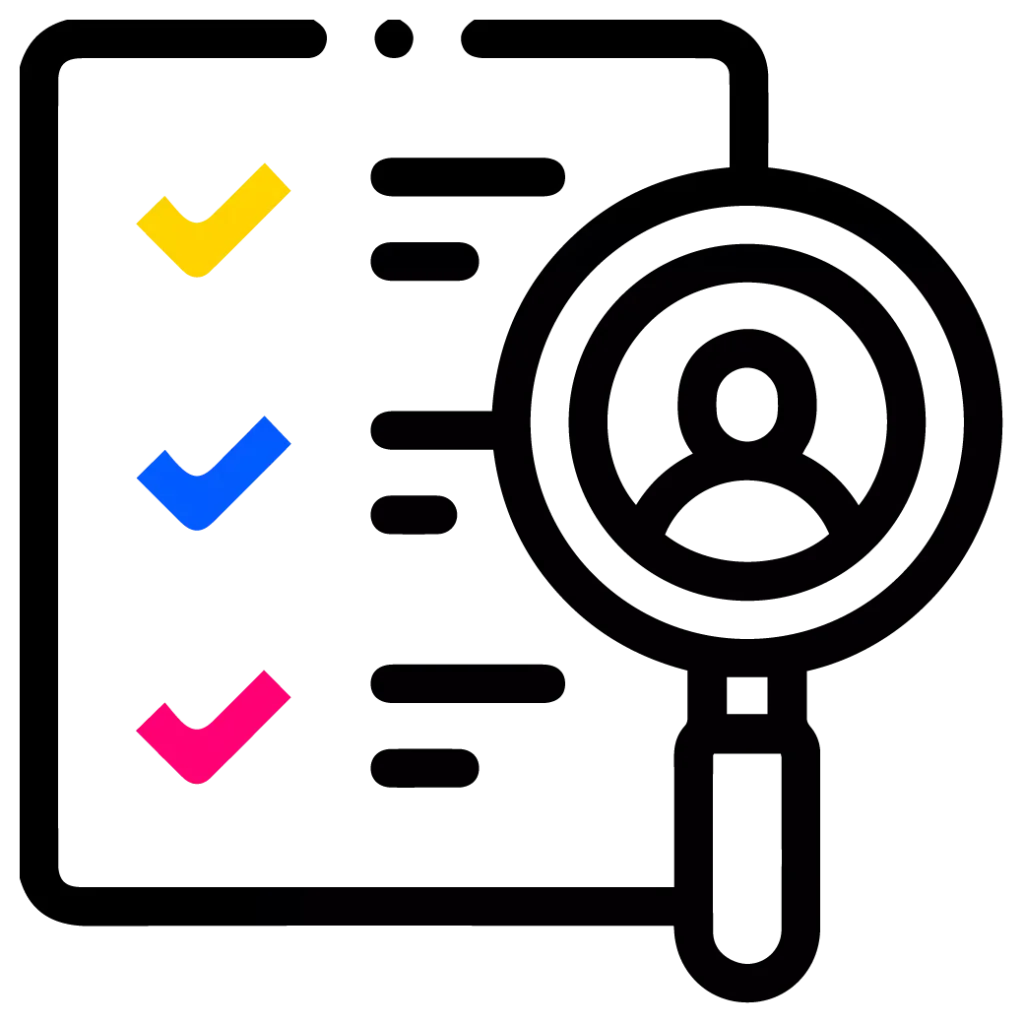Industry Knowledge
Transforming AI Conversations with NLP Annotation
How does NLP annotation bridge the gap between human languages and artificial intelligence?
Due to groundbreaking advancements in natural language processing (NLP), communication between humans and machines is more seamless than it has ever been. Chatbots are readily available to assist; virtual assistants provide effective responses, and automated translators streamline conversations. However, despite the advancements in artificial intelligence, machines still struggle to comprehend complex human languages without assistance. That's where NLP annotation becomes essential.
Annotation experts break down the complexities of languages to help NLP tools understand the layered meaning, subtleties, context, and cultural customs linked to words to narrow the gap between human communication and machine understanding.
Read on to discover why NLP annotation is the key to turning effective and intuitive human-machine communication into a reality.
What is NLP Annotation?
Natural language processing annotation involves labeling specific parts of natural language data that would enable machines to make sense of human text or speech. Annotation NLP experts assign informative labels or metadata to mark elements such as parts of speech, named entities, and sentiments. Voice-activated assistants, predictive text software, and other NLP tools train on annotated language datasets to understand human languages more accurately and mimic human communication more realistically.
What are the Different NLP Annotation Methods?
Data annotation services are not a one-size-fits-all solution—there are various NLP annotation methods tailored to specific language processing needs:

Entity Annotation
This method identifies and categorizes named entities such as people, organizations, dates, and locations within a text. Entity labels help NLP tools understand the who, when, and where in a conversation.

Sentiment Annotation
This approach involves scoring a text as positive, negative, or neutral in tone. Sentiment annotation allows the AI to identify the sentiment or tone of the text.

Semantic Role Labeling (SRL)
In SRL, annotators label the predicates and their corresponding argument, allowing machines to understand the context and semantic relationships between different elements within a text. This process explains to the AI who did what to whom in a sentence.

Part-of-Speech (POS) Tagging
This process focuses on annotating each word in a sentence with its corresponding role in a speech, whether it is a noun, verb, or adjective. It gives machines a better understanding of grammatical structures and additional context to the words used.

Event Annotation
This technique involves labeling important events and their relevant details within a text. With event annotation, AI systems such as news summarization and data mining applications could better extract information from a sentence more effectively.
Benefits of Labeling Language Data
Adopting NLP text annotation unlocks various benefits, improves data analysis, enhances client interactions, and accelerates business decision-making. We take a look at some of its advantages in more detail:

Reduced Bias
Accurate NLP annotation allows businesses to identify and minimize potential biases in labeled data, reducing the chances of the AI making faulty assumptions and reaching false or contaminated conclusions.

Increased AI Accuracy
NLP tools can significantly improve the accuracy and relevance of AI algorithms, especially when working with massive datasets that would be prone to human errors.

Accurate Insight Extraction
Data labeling allows businesses to gain meaningful insights from a dataset to support their strategic planning and decision-making processes.

Consistent Results
Natural language annotation methods ensure that labeled data are highly accurate, allowing machines to generate outcomes that are regular, stable, and trustworthy.

Improved User Interaction
Annotated language datasets allow AI solutions to understand subtle nuances in the human language, resulting in a more natural and effective customer experience for end users
Challenges of Labeling Language Data
Businesses must also understand potential challenges before investing in NLP annotation to integrate AI technology smoothly into operations.

Ambiguity
Annotating text data is difficult given the inherent complexity of human languages, with the same words having different meanings in different contexts.

Scalability
Keeping the annotation quality at a high level becomes more challenging as the size of language datasets grows.

Complexity
Annotated language datasets allow AI solutions to understand subtle nuances in the human language, resulting in a more natural and effective customer experience for end users

Costs
High-quality data labeling incurs higher costs for hiring linguistic experts and consumes a lot of time for completing tasks, which could strain budgets and timelines for smaller businesses.

Data Privacy
NLP data annotation in select industries like healthcare and fintech involves handling sensitive information, which would require robust data protection measures.
Despite these challenges, NLP annotation’s ability to improve human-AI communication is reshaping the possibilities for how humans interact with technologies every day. This technological advancement will ultimately revolutionize business processes, ushering in an era of increased efficiency and productivity.

Outsource NLP Annotation with Us
To fully unlock the potential of generative AI and machine learning technologies, you need a partner who can deliver industry-leading NLP data labeling.
TaskUs brings a team of diverse, dynamic, and digitally-savvy Teammates with expertise in annotating datasets in 65+ languages to support NLP models for various applications. With Us, you can expect Ridiculously Good data annotation services that will address your algorithm improvement needs—and more.
One of our clients, a worldwide leader in AI technology, chose Us to advance their natural language processing research by helping train their NLP model to complete texts from suggestive prompts safely. With the help of Labelbox, our data labeling partner, our Teammates reviewed and edited approximately 40,000 items across 14 categories generated by our client’s algorithm to great success. Our team achieved a 100% score on skip percentage, categorization accuracy, and completion rate metrics thanks to our deep-dive approach to annotation in NLP and our people-first way of taking care of our teammates’ well-being while handling potentially harmful data.

WHITE PAPERS
TaskUs + Labelbox White Paper: The Guide to Efficient Data Labeling
View the White PaperPartner with a trustworthy data labeling service provider supported by the latest tools and techniques that deliver annotation expertise, cost savings, and efficient workflows. Team up with Us to achieve above-standard results on productivity and efficiency in FinTech, Entertainment + Gaming, Healthcare Tech, Retail + eCommerce, and other industries.
References

We exist to empower people to deliver Ridiculously Good innovation to the world’s best companies.
Services







